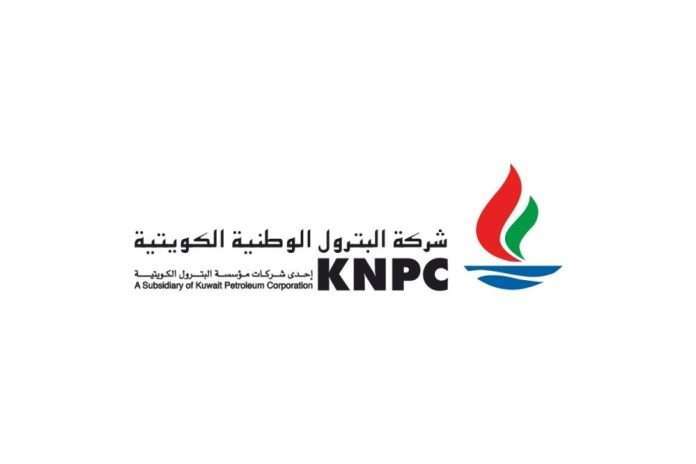Director of the Comprehensive Planning Department at the Kuwait National Petroleum Company, Fahad Al-Ajmi, said the implementation of the fifth liquefied gas pipeline project is part of the company’s future strategic objectives related to the expansion of gas manufacturing capacity.
The implementation of this project, he said, will help Kuwait export propane and butane gases to global markets, to meet the growing demand locally and globally, reports Al-Qabas daily, saying this constitutes a new addition that supports the country’s development process.
Al-Ajmi pointed out that the fifth liquefied gas line enhances the company’s ability to process gas, as the total capacity of the five lines has reached 3.125 billion standard cubic feet of gas per day, and 332 thousand barrels of condensate and liquefied gas.
He went on to say, the directions and objectives of the company include the need to increase the production capacity of the gas treatment and liquefaction units to keep pace with the strategic direction of the KNPC to increase the production of natural gas associated and not associated with crude oil.
Hence the idea was to establishing the fifth liquefied gas pipeline, to accommodate the future increase in gas and condensate production.
Al-Ajmi stated that one of the most important challenges that faced the planning process for the project was obtaining an accurate update of the quantities of gas and condensate expected to be produced in the future from the Kuwait Oil Company and the Kuwait Gulf Oil Company, as “we followed up this matter with the concerned department at the Kuwait Petroleum Corporation to obtain sufficient information about the quantities of gas and condensate. and approved in order to implement the technical studies of the project.”
He added that the national manpower played a fundamental role in planning the project, in terms of coordination and follow-up with the various departments of the company and the KPC to conduct economic and technical studies, and to determine the design and operational requirements of the project, in addition to following up with the project advisor, and reviewing and auditing all documents during the stages of technical and economic studies.
He explained that the “Amic Foster Wheeler” company was used as a consultant to carry out the feasibility studies and preliminary engineering designs, in cooperation with a specialized team formed for this purpose from the Mina Al-Ahmadi Refinery and the Planning Department, in addition to the various KPC departments and the Kuwait Oil Company.
Al-Ajmi added that participating in the preparation and review of technical and economic studies for a project of this large size increased the expertise of the department’s engineers in the field of managing and planning major projects, and is considered a great technical advantage to their expertise to benefit from in the future.
Al-Ajmi said that the capacity of the fifth line is 805 million standard cubic feet of gas per day, and 106,000 barrels of condensate and liquefied gas.
Line 5 has been designed so that it can be operated independently, or in parallel with existing LPG production units.
Al-Ajmi indicated that a new joint gaseous fuel treatment unit has been established for each of the fourth and fifth units, so that the percentage of hydrogen sulfide gas is reduced to 50 parts per million.
During the two phases the feasibility study of the project and the study of preliminary engineering designs, all studies required for the project were prepared to comply with the health, safety and the environment requirements according to the procedures approved by the company, and the requirements and specifications related to gas emissions were taken into account by the Environment Public Authority in Kuwait.

















